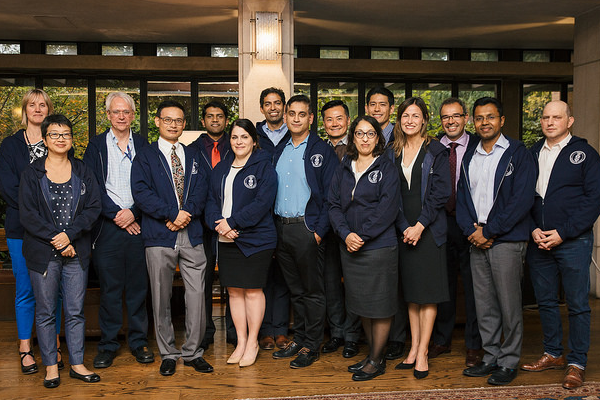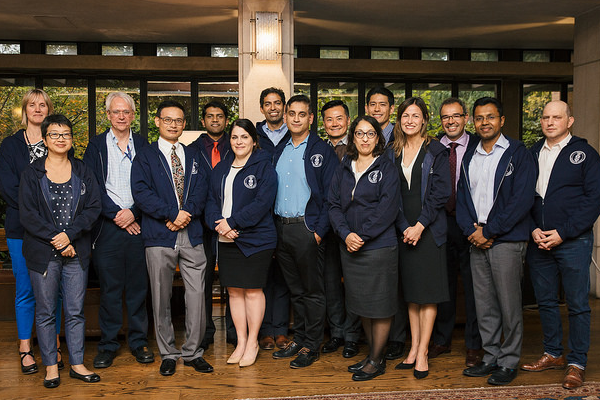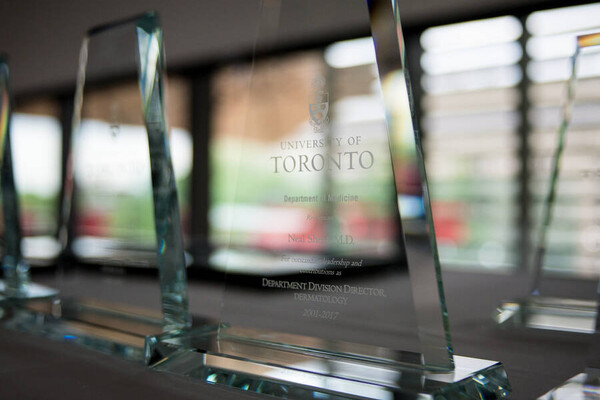Main Second Level Navigation
Mar 7, 2019
Chair's Column: DoM Faculty Survey - Helping us to serve you better
About Us, Cardiology, Clinical Immunology & Allergy, Clinical Pharmacology & Toxicology, Division of Dermatology, Education, Emergency Medicine, Endocrinology & Metabolism, Faculty, Gastroenterology & Hepatology, General Internal Medicine, Geriatric Medicine, Hematology, Infectious Diseases, Medical Oncology, Nephrology, Neurology, Occupational Medicine, Palliative Medicine, Physical Medicine & Rehabilitation, Quality & Innovation, Research, Respirology, Rheumatology


 In the upcoming weeks, you will be receiving a link to complete the 2019 Department of Medicine Faculty Survey.
In the upcoming weeks, you will be receiving a link to complete the 2019 Department of Medicine Faculty Survey.